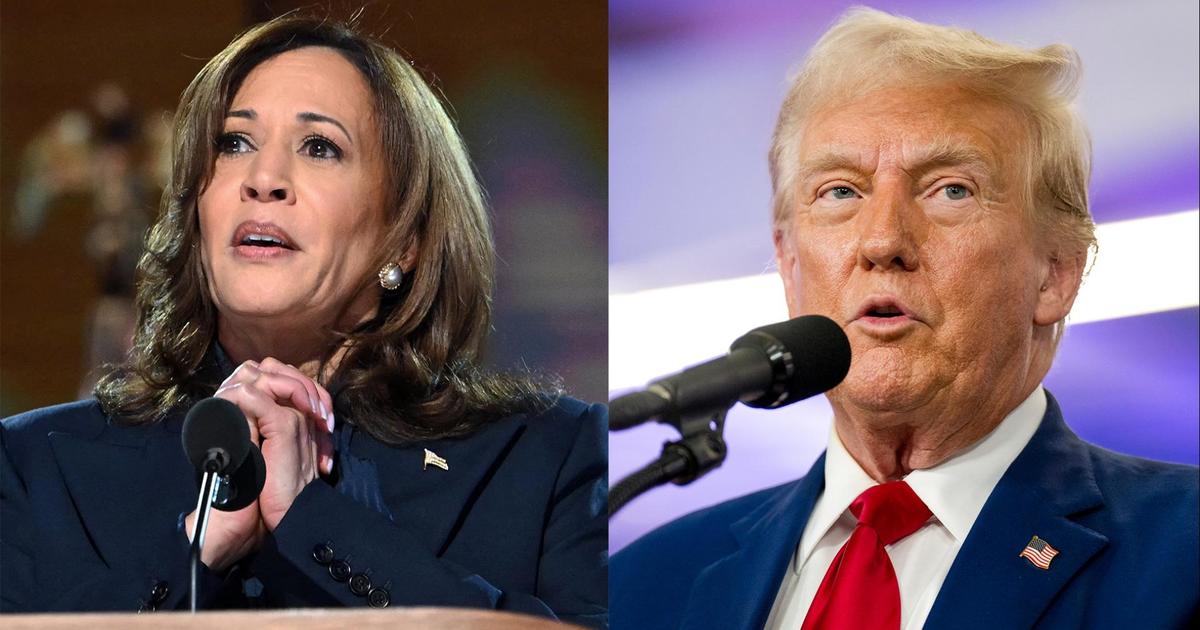Presidential candidates commonly trot out new tax proposals as part of their campaign platforms, often pledging to help ease the financial burden on taxpayers. This year, the plans emerging from rivals Kamala Harris and Donald Trump could affect voters’ paychecks in very different ways.
Former President Donald Trump would seek to extend the tax cuts enacted through the Tax Cuts and Jobs Act, his signature 2017 legislation that reduced taxes for most Americans, although research has shown the top earners received the biggest benefits. He’s also proposing to eliminate taxes on tips and on Social Security income, while also lowering the corporate tax rate.
Vice President Harris has proposed introducing more generous tax benefits for families, as well as hiking the corporate tax rate to help offset spending from bigger tax credits.
The two proposals reflect different views of how best to support U.S. families and fuel economic growth. On the one hand, Trump’s plan would provide tax cuts for all income groups, but the biggest winners would be higher-income Americans. The greatest benefits under Harris’ plan would go to the lowest-income Americans, while she would up the taxes of the top-earning households.
It’s true that Trump looks like he’s winner for everybody, but he’ll provide much bigger giveaways to the top 1% and top 0.1%, whereas Harris will be negative for these people,” said Kent Smetters, faculty director of the Penn Wharton Budget Model, a group within the University of Pennsylvania’s Wharton School that analyzes the budgetary impact of government policies.
Ultimately, both plans would come with significant price tags, although the combination of Trump’s tax cuts for corporations and individuals would prove more expensive, Penn Wharton forecast. It estimates that his proposal would add $5.8 trillion to the federal deficit over the next decade, compared with $2 trillion for Harris’ plan.
In an email, Republican National Committee spokesperson Anna Kelly said that Trump’s tax policies will “shrink deficits” as well as “lower long-term debt levels” through cuts in federal spending, increasing energy production and deregulation.
The Harris-Walz campaign, meanwhile, is pointing to the Penn Wharton Budget Model’s analysis as evidence that Trump would create a “deficit bomb agenda.”
“Donald Trump’s campaign may want to mute Donald Trump on the debate stage, but they can’t mute our strong economy and Trump’s disastrous agenda that will explode the deficit, increase costs on the middle class by nearly $4,000 a year, and send our economy hurtling into a recession by mid-next year,” Harris-Walz spokesman James Singer said in an email.
“Explosive” deficit?
Although Harris’ tax proposal would potentially have a smaller impact on the nation’s deficit than Trump, Smetters noted that both parties would ultimately add to the nation’s growing fiscal burden.
The federal budget deficit in fiscal year 2024 is projected to hit $1.9 trillion, the Congressional Budget Office forecast in June. That represents a 27% increase from its prior February forecast, due partly to new funding provided to Ukraine, Israel and other countries.
Deficits may seem abstract to many taxpayers, but at the simplest level they show the country is spending more than it’s taking in through tax revenue. That, in turn, increases the national debt to finance the deficit. Many economists warn that comes with a cost, such as higher interest payments to service that growing debt.
“Essentially we’re on this explosive path right now,” Smetters said.
At some point, soaring U.S. debt could sow doubt in capital markets about the federal government’s ability to either raise taxes or cut spending enough to avoid defaulting on that debt, he added.
“Neither candidate is being serious about addressing the big issue —the house is burning down and the candidates are arguing over the furniture,” Smetters said. “They are just making things worse and harming the economy.”

